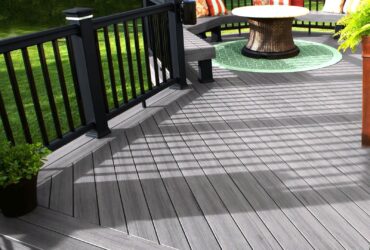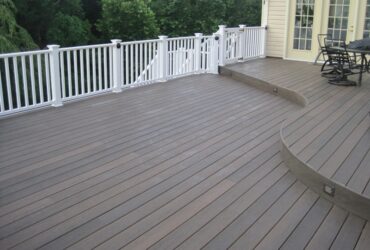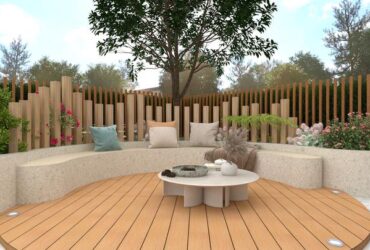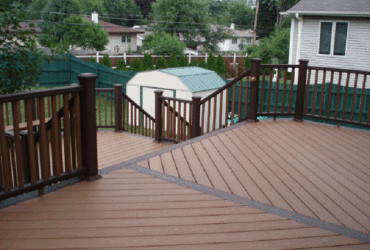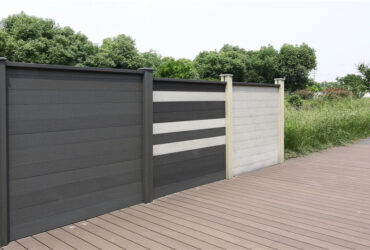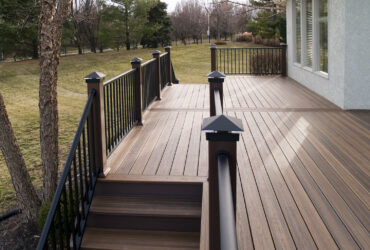Research on the application of plastic wood formwork in high-rise building construction
The traditional building formwork is wood (bamboo) plywood. As we all know, the main material of wood (bamboo) plywood is solid wood. my country's lack of forest resources, coupled with unreasonable mining in the 20th century, has made my country's wood increasingly scarce.The plastic wood template is made of wood chips, plant straw, ear shells, etc. and polymer plastics (polyvinyl chloride [PVC],Polypropylene [PP], Polyethylene [PE], Polycarbonate [PC],It is processed by combining acrylonitrile-butadiene-styrene [ABS], high-density polyethylene [HDPE], etc.) materials.It not only saves the use of solid wood and protects forest resources, but also consumes a considerable amount of plastic waste.
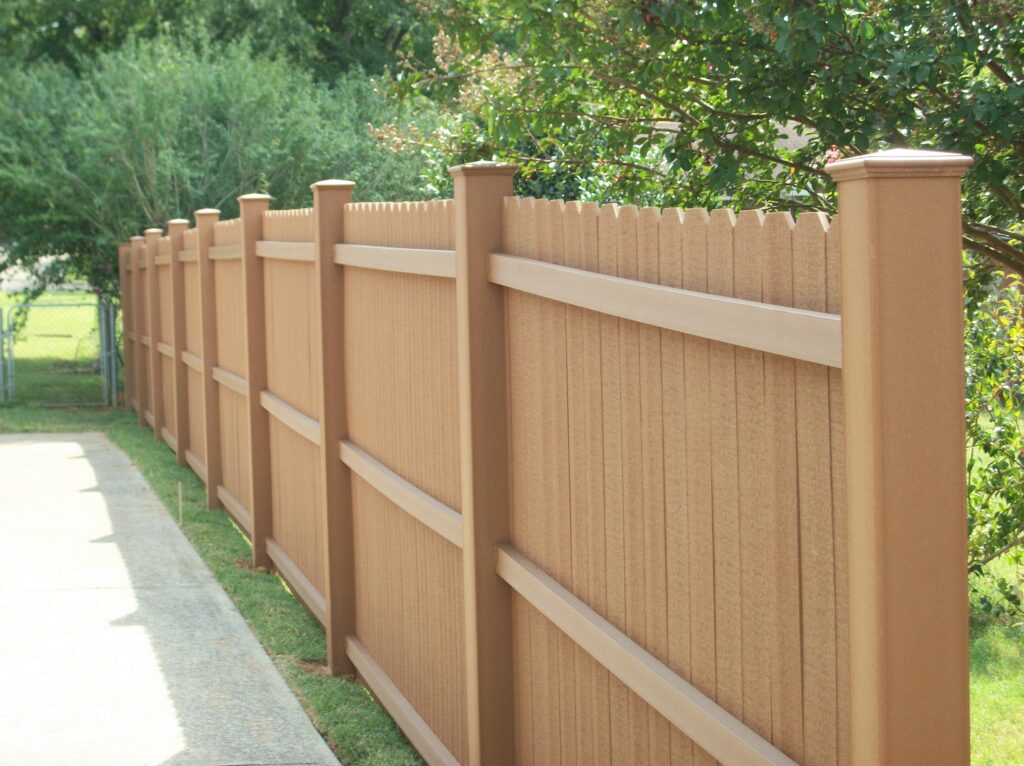
New construction materials, like new materials in other industries, are to a large extent the product of market forces and emerged when existing materials were restricted in market application. With the continuous development of the modern construction industry, it is a general trend to find a formwork material with better mechanical properties, easier construction, and lower cost. Plastic wood formwork exactly meets this demand of the market.
good mechanical properties
Although the mechanical properties of plastic wood materials cannot surpass those of solid wood materials under current process conditions, based on current construction requirements, they can fully meet the current market. According to relevant research data, the mechanical properties of plastic wood materials under the condition of equal distribution ratio of wood and polymer materials were taken and applied to the project being constructed by a company. The results show that the new plastic wood material has good mechanical properties required for construction.
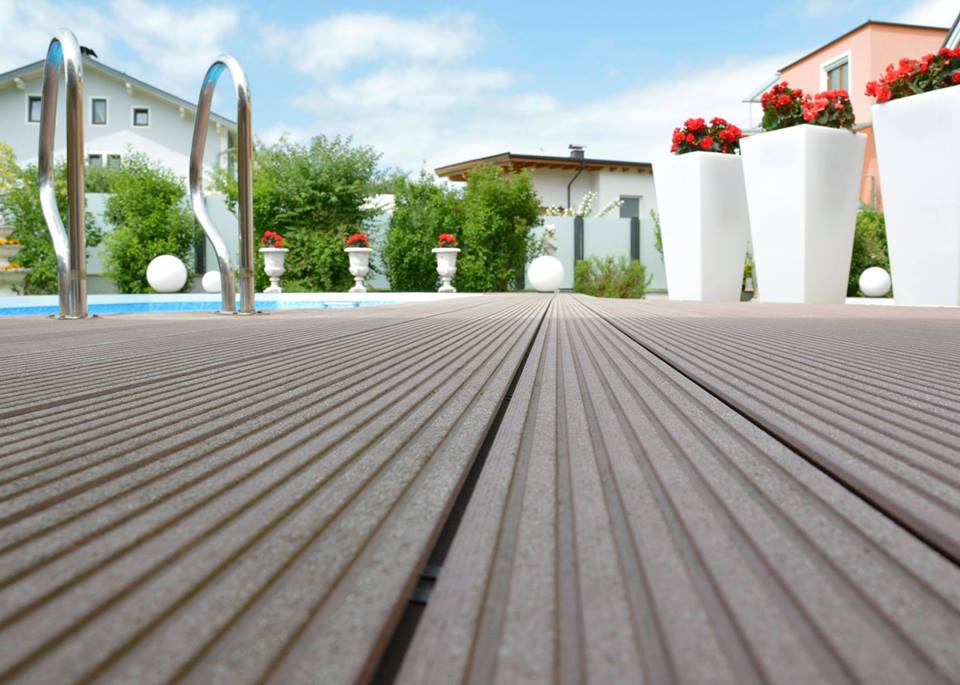
Higher turnover rate
A large amount of construction practice shows that the actual turnover times of traditional wood plywood (bamboo plywood) in construction projects is 3 to 8 times. In some markets, low-priced mahogany plywood can only be turned over 2 to 5 times. Studies have shown that the turnover times of plastic wood materials are 20 to 30 times. Of course, this data is related to many factors such as the workers' construction attention, the conditions of the materials themselves, and the construction environment.
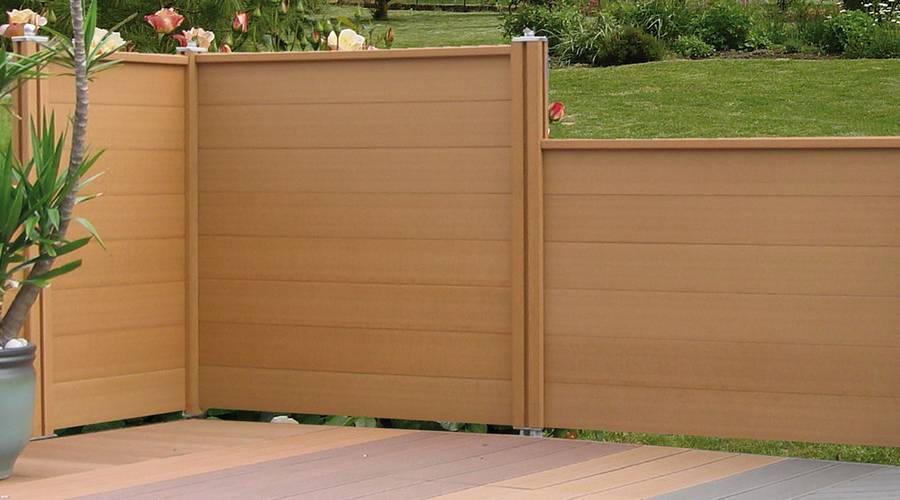
Good construction effect
Due to the lighter weight of plastic wood materials, production efficiency is improved to a certain extent and construction is more convenient;Second, the surface finish of the plastic wood formwork is high, and the formwork splicing is tight and smooth. After demoulding, the surface smoothness and smoothness of the concrete structure exceed the technical requirements of the existing clean water formwork. There is no need for secondary plastering, saving labor and materials;Due to its good tightness, it greatly reduces the water loss rate of the cast-in-place structure and effectively ensures the curing effect of the concrete;Third, the smooth surface of the plastic wood template also ensures that it will not stick to the surface after demoulding. Even if it does not use a release agent like traditional templates, there will be no surface mucosa and other undesirable phenomena.
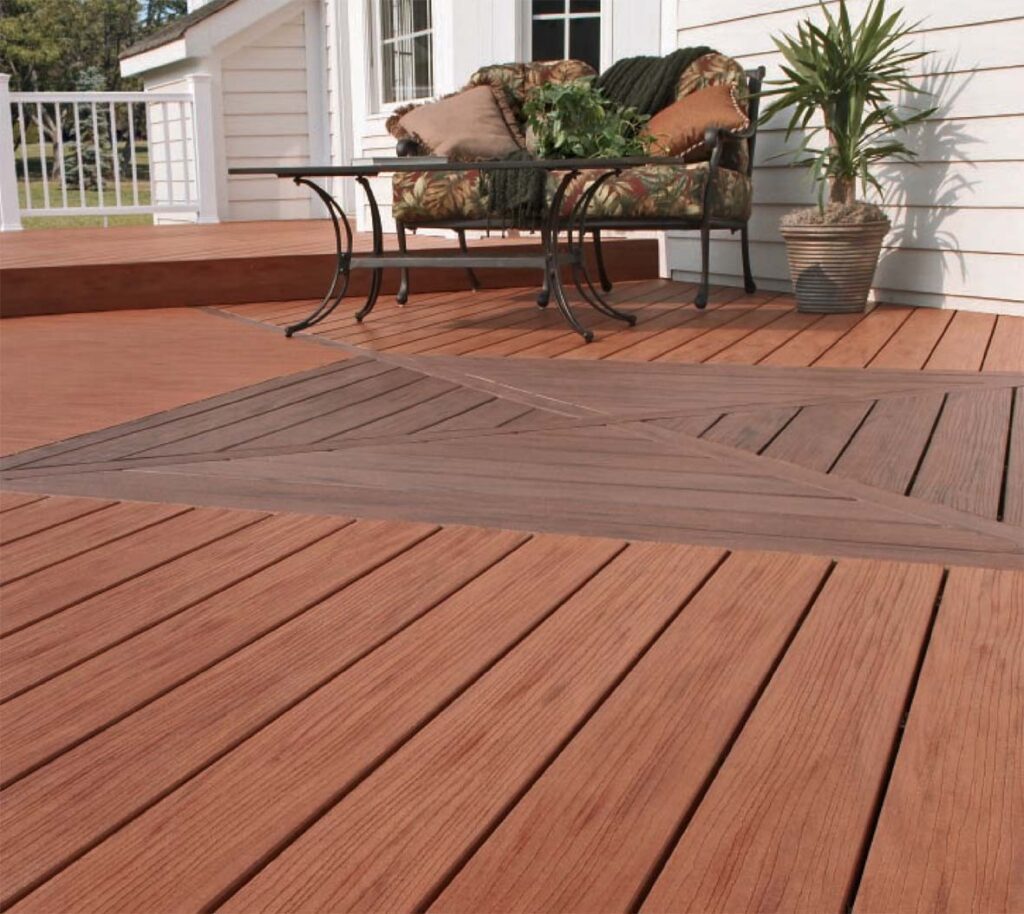
Plastic wood materials will continue to expand their market share in future construction applications, and their own shortcomings are not only a research direction in the construction industry, but also a research direction in the materials discipline. Accordingly, construction units should actively try to use new materials in construction, discover and solve problems during use, promote scientific and technological progress through the market, and accelerate social development.

